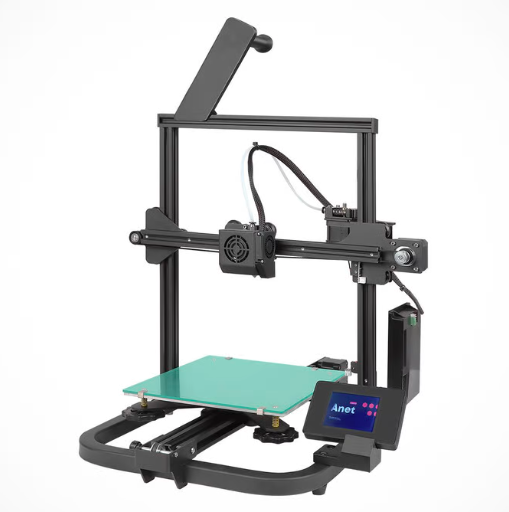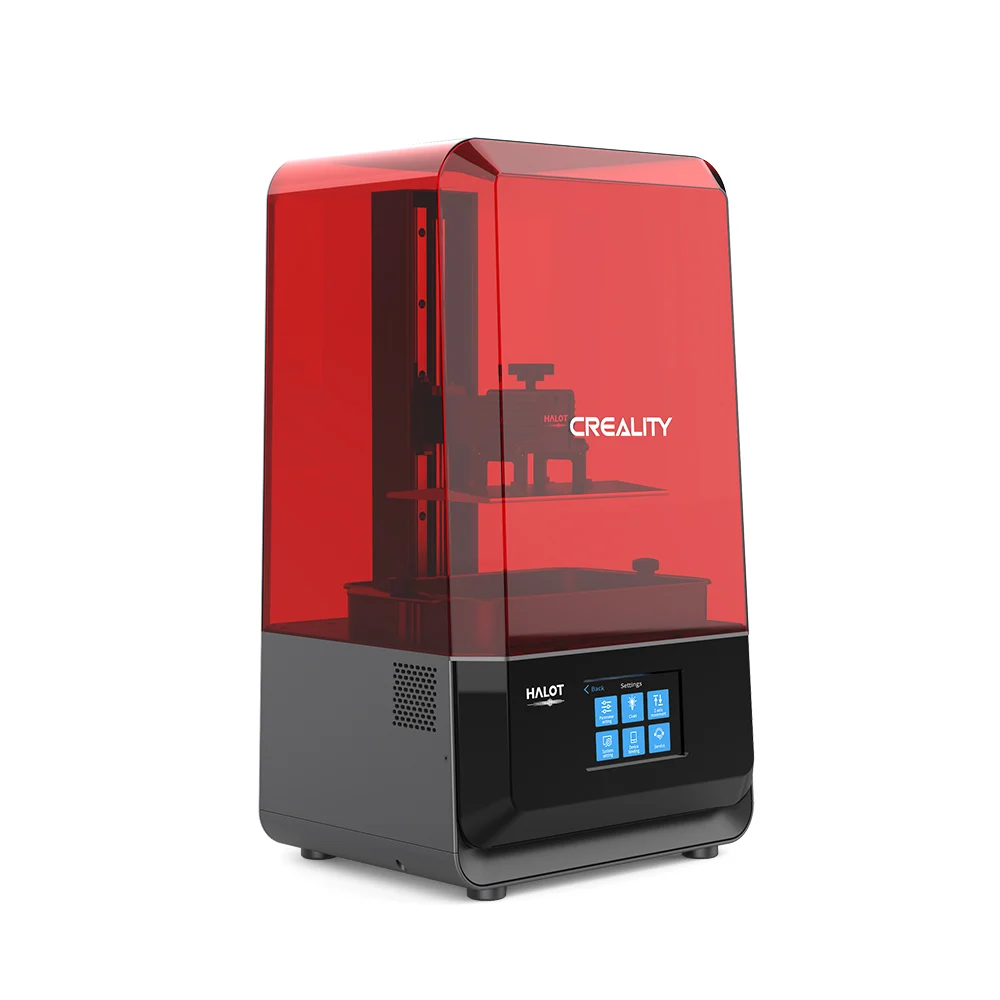Compare A8 V2 vs Halot Lite
Comparison between the best 3D printers
Choose the best 3D printer at the best price. The cheapest 3D printers are here.
Buy a 3D printer here with 3D Fila.
 |
 |
|
| Model | A8 V2 |
Halot Lite |
| Printing Material | Filament | Resin |
| Buy Filament for Anet A8 V2 | Buy Resin forCreality 3D Halot Lite | |
| Estimated price | $129,00 | $400,00 |
| Manufacturer | Anet | Creality 3D |
| Release Year | 2021 | 2021 |
| Print Volume [mm] | 220x220x250 | 192x120x200 |
| Printer Size [mm] | 428x441x486 | 330x301x572 |
| Weight [kg] | 6,2 | 10,6 |
| Power Loss Recovery | NO | NO |
| Maximum Resolution [mm] | 0,1 | 0,01 |
| Processor | ||
| Display | Display touchscreen 2,8'' | Display touchscreen 5'' |
| Power Supply | 110/220V / 250W | |
| Connectivity | SD / USB | SD / USB |
| Operating systems | Windows, Mac, Linux | Windows, Mac, Linux |
| Date of registration in the system | 2022-11-10 | 2022-11-04 |
| Release date | 2021 | 2021 |
| Extra features | The Anet A8 V2 is a Cartesian-XZ type 3D printer with a build volume of 220 x 220 x 250 mm, Ender 3 design and V-slot assembly. It has a 32-bit motherboard and touchscreen interface, promising ease of use. It uses open source firmware and has thermal failure protection. It stands out for its cable organization and the absence of a heated bed, focusing on energy savings and PLA printing. It comes with an external power adapter, aiming at greater safety, especially for beginners and educational use. | Crealitys Halot Lite printer stands out in the mid-size resin 3D printing segment, with a build volume of 192 x 120 x 200 mm and 50 micron resolution. It offers a monochrome LCD for fast and durable printing, and an upgraded light source that ensures over 80% uniformity across the print bed. It includes Wi-Fi connectivity for remote control and updates, an ARM Cortex CPU for efficient performance, and is compatible with Halot Box and Lychee slicing software. It also has an activated carbon filter to reduce odors. |
| Support for multiple colors and materials (AMS and CFS) | NO | NO |
Notes * |
||
| Cost-benefit | 6 / 10 | 8 / 10 |
| Hardware | 0.5 / 10 | 1 / 10 |
| Tela | . | . |
| Print volume | 3 / 10 | 3 / 10 |
| Performance | 1 / 10 | 9 / 10 |
Conclusion |
| In comparing the Anet A8 V2 and the Creality 3D Halot Lite, several key differences emerge, guiding potential buyers in their decision-making process. The Anet A8 V2 presents itself as a budget-friendly option, making it an attractive choice for beginners or those who prioritize cost over advanced features. Its Cartesian-XZ design, ease of assembly, and energy efficiencies cater well to educational environments and casual users. However, it has limitations in print resolution and lacks advanced features like a heated bed or power loss recovery, which may affect print quality and reliability for more demanding applications. Conversely, the Halot Lite is positioned in the mid-range segment, offering superior performance, particularly in resolution and speed of print. It showcases a more advanced printing technology with a monochrome LCD and improved light source, enhancing print quality overall. Features like Wi-Fi connectivity and compatibility with efficient slicing software further elevate its capabilities, catering to users with more sophisticated needs. When weighing cost against performance, the Halot Lite offers a more favorable cost-benefit ratio, appealing to serious hobbyists or professionals who are willing to invest more for higher quality results. The decision ultimately hinges on the buyer’s specific needs: those seeking affordability and simplicity might lean towards the Anet A8 V2, while those desiring advanced features and higher performance would find the Halot Lite the more suitable option. |

